|
Kintsugi, or Kintsukuroi is the centuries-old Japanese art of repairing broken ceramics with gold, silver or platinum. The scars and seams are not hidden, but visible: a golden root system. Somehow the object becomes more valued, more artful than it was before it fell. This is what fish do: they solder their own wounds shut with a silverish joinery. The first time I discovered this, I was swimming in the centre of a shoal of schooling Axillary Seabream, Pagellus acarne. Either I was herding them, or they were choreographing me. It wasn’t clear. I moved in their hundreds. Right in the centre of this thicket, was an injured fish. It was like seeing a semi-precious stone. The mending of silver caught the light - it shone more than the other fish, it looked like an abstract sculpture, with a crescent of its body missing from a large fish or seabird bite. Unlike birds, fishes’ appearance don't differ so much between males and females, so schooling fish have a slight cloned affect. It looks very military, very shepherded, very surreal. The more you study them and return to the same place, the more you notice their differences. The school I was swimming with were quite young and mostly all male. Gender roles are not so binary as they are in our species and many fish change sex, or are hermaphrodites. Like gulls, some fishes’ characteristics change as they age and you can ‘date’ them by these changes. For others, their size and shape indicates when they swap genders. One of the most dramatic transformations is that of Wrasse. They have a kind of light bulb moment, but the light bulb grows in the top of their head. They look partially inflated. Clownfish have a matriarchal system; when the top female dies, the most dominant male becomes a female in her place. Fish are some of the trickiest things to identify; their size is distorted by the water, as is their colour depending on light, threat, depth, weather, time of day, age. When you’re learning to identify marine species and you do a search online, the images that come back are almost always of a hanging: their bodies held up, in a man’s arms, laid in ice, or on a plate. I had not anticipated this. I expected them to be alive and in water. It is as strange to me as it would be if all the images of Blackbirds, Robins and Goldfinches, were not of them in flight, or perched, but fried and bald, or swinging upside down with their beaks pierced. The words that comes up again and again, are not species, habitat, ecology; but game, restaurant, aquarium. The colours of fish underwater are extraordinary, especially turquoise. Many fish have a current of electric, azure blue roped and zig-zagged around them. A new visitor to our waters is the Grey Triggerfish, Balistes capriscus. I got a close look at one earlier this summer when it tried one of my toes. It has a wonderful blue pointillist pattern. Nothing is ever the same when you go underwater: one day all the crabs will be circumnavigating a buffet of rocks, the next starfish are splayed like drunk party guests; then the day after that, there is an underwater smog, so thick you can’t see anything. My most unusual experience, was the day thousands of small salp-like organisms were near the shore, floating around me like hollow planets. I am still trying to solve what they were. I think the poets that often come to mind when I’m swimming in the sea, or studying fish are Ted Hughes, Elizabeth Bishop, Stephanie Norgate and H.D. And for abundance - for all their plurals and collective nouns, this poem, by Galway Kinnell. Daybreak
2 Comments
After three months of wandering, I returned to a different season last week. I still feel like I am not here. A few years ago, Aviva Dautch, a friend and poet, told me the saying: the soul travels on horseback. I am still galloping. Still en route. The bougainvillea of building sites have been replaced with buddleia; pepper trees’ berries are now Rowan bayas, and the perpetual spring of Tenerife, is aging. No, no matter your thirst, ride swiftly, mare, stallion, I have stowaways on the laces of my trainers from the highlands: mountain seeds. They’re like burrs, and are so good at doing their job that they even stick to your skin. The last time I was in Dublin - while my cooler friends, Vicky and Gemma got matching tattoos in Temple Bar, I went to Dublin Writers Museum. I read about a poet who put mud on the soles of his boots when he came into the city, to remind city dwellers of the turf beyond their streets. I will arise and go now, for always night and day William Butler Yeats’ poem The Lake Isle of Innisfree was written in 1888 whilst he was living in London, missing Sligo. I thought of the poem often when I lived there, and when I was living up in my mountain hut in Ireland. Although Yeats lived in Dublin, he'd spent many of his childhood summers in Sligo. It was as he was walking along Fleet Street that he had the memory of an uninhabited islet in Lough Gill, heard the lake and then the poem. To listen to the quiver of him reading it is one of life's joys. I had still the ambition, formed in Sligo in my teens, of living in imitation of Thoreau on Innisfree, a little island in Lough Gill, and when walking through Fleet Street very homesick I heard a little tinkle of water and saw a fountain in a shop-window which balanced a little ball upon its jet, and began to remember lake water. From the sudden remembrance came my poem "Innisfree," my first lyric with anything in its rhythm of my own music. I had begun to loosen rhythm as an escape from rhetoric and from that emotion of the crowd that rhetoric brings, but I only understood vaguely and occasionally that I must for my special purpose use nothing but the common syntax." There was a period in London when I was working extremely long hours for several months and living in a very built-up area. One commute, I noticed something different about the man standing in front of me on the escalator, but hadn’t registered what. He was a suited man with beetle-black polished shoes. On his heel was a bright, wet, green clump: mown grass. It was the only way I knew the seasons were changing. It had been an endless winter. I had been rushing to work in the dark, and returning in the dark. Each day was a repeated stitch: wake, bus, tube, work, tube, bus, sleep. My route was all cement, brick. That morning, imagining him hurrying across his dewy lawn, I realised I’d taken my thread too deep into the maze of the city. I’d lost my elements. Since then, I have tried to live in every season, inhabit them, breath and note and taste them, dive into cold water most days, eat outdoors, run through parks, or mudlark on my lunch breaks along the Thames foreshore… I wish men would get back their balance among the elements It has been a long, burning summer. Now I am back. I am not feeling homesick for one place, but for people, for being on the move, meeting and visiting friends and family. I leave little bits of my heart scattered. It is as damp as monsoon season here. I am sat listening to the weather and watching the direction of the wind. Without trees we cannot hear the subtler breezes. I have been without the mosh and sway of long grasses, branches - willow, ash, lime, oak leaves. I have missed how alive it makes you feel to watch them.
When you don’t speak a language, you hear how things are said, the energy in a conversation, and notice when people choose to say nothing. This weekend, I climbed Spain’s highest mountain: Mount Teide. I did it with a group of native Spanish speakers from the Canary Islands, Latin America and mainland Spain. As we hiked up the mountain - the patterns, and regularity of certain words changed. When we began: “vamos”; when we walked into the shadow of the mountain it was “frío”; each time we stopped and turned around “bonita”; as we walked out in total darkness at 5am: silence, no one spoke; as we ascended “silueta”, as we reached the crater at dawn and saw the world’s longest shadow stretching over the Atlantic: “la sombra”. A few years ago, I went to FLUPP festival in a favela in Rio and remember noticing how people's conversations felt like they had a temperature: they seemed to bubble and ping and were so full of gusto and vim, compared with the flatness of my own language (where people speak to each other as if they’re not fully awake yet). I love this about languages like Spanish, Portuguese and Italian: how they take off. Everything sounds caffeinated. I feel so tethered, compared to exclamations of ‘a’s and ‘o’s and the rolling engine of ‘r’s. Earlier this year, a poem had risen up in me, dream-like, about Teide Violets - a flower that pretty much only grows on this volcano, on the island of Tenerife, at a specific altitude. It is a small and massive poem to me: about how maternally protective I feel, and heartbroken by the loss and vulnerability of certain species. The poem will be published in the forthcoming Climate Change issue of Magma magazine. In the poem, I walk up the volcano through the night, guided by a man I don’t know. In the Mountain refuge on Saturday evening, a wonderful Venezuelan woman, Aliee, that my friend and I’d met, said: “This is not chance. I have been looking for you.” The whole experience had this feel to me. I found myself living the poem that had come to me three months earlier. I had not planned to climb the mountain, definitely not with a male guide, and had no idea that when you climb Teide, this is how you do it: in the night, in blackness - such blackness that you can’t even see the silhouette of the mountain, where it stops and where the night sky begins. You walk up into galaxies and shooting stars and the smear of the milky way. We were a group of about 20. When I looked up or down and saw the trail and clusters of headlamps along the path I thought we looked like our own constellations. My mother used to say to me as a child that I was made from stardust and this journey felt like us returning ourselves to the heavens. When I re-read Johanna Spyri’s children’s book Heidi this summer, the mountain felt like one of the main characters. So much of the narrative centres on them climbing up and down it like a ladder. Mount Teide felt like our plot. We walked into it. We crossed into its shadow with such relief to finally be out of sun and heat, then turned from it when we reached the Altavista Refuge only to see its sombra across the earth's atmosphere, with Gran Canaria next to it seeming to grow out of clouds. On a clear day you can see every one of the canary islands from Mount Teide and you can see Mount Teide from every one of the islands. Its shadow is so vast, that it is like watching an eclipse. It has a halo around its crater, and drapes like cloth over the surrounding mountain range, ocean and islands. The higher you get up the mountain, the harder it is to make out what is sea and what is sky, unless there are boats; and as you ascend, it becomes impossible to look at anything but where your feet are. There are vents and cracks which your sticks get jammed in, plus a fallen empire of rubble, loose rocks and scree to slip and turn your ankle on. Last year, I went to Iceland. As the plane flew in, I thought the landscape looked traumatised. Teide National Park is the same: an outburst, made by fire and heat, wounded. The earth is black and red and brown - broken and cut and coughed up and turned and spilled. It looks like chaos. There has been no water here to sooth it, as there was in the landscapes I grew up in, that were softened and made slowly by water, carrying and holding the memory of it in their undulations and cupped hands. The making of this place feels abrupt, violent. I can’t say if I felt happy in it. An English poet called Helen Mort has written a brilliant collection about female mountaineers and mountaineering, No Map Could Show Them. As part of the research she hiked in crinoline skirts and petticoats to recreate what some women would have worn. In my group, on the first day, a phenomenal woman, Rossi, climbed the mountain in hotpants, a Glee-style crop top and sideways basketball cap. She was the sun of our group - even in the darkness and tiredness of the second day. She lead at the front for much of the hike, would Facetime her brother, Ivan, at various altitudes (and we’d all wave back at him in his warm house), she sang to us to keep our energy up, had us laughing and taking selfies at every stage, and got a collection together to tip the bus driver on the way back. Another man played R&B very loudly for two hours from his phone, dancing and skipping around each curve of the track, at the rest stops some people would light up and many people chatted on their mobiles as they hiked up until the signal was lost. I loved the lack of reverence and conformity. I had not pictured myself mountaineering with Despacito as my backing track. It felt freeing and unBritish. It reminded me of when I’d go skiing, listening to Bollywood and hip-hop all the way down the slopes. Two of my favourite international poets are mountain women: Bejan Matur and Kutti Revathi. Bejan is a Kurdish poet who was born and brought up on a farm in the mountains of north Turkey. Mountains are so present in her work that even though she left many years ago, they still live in her. The more you confine me, Kutti is a Tamil poet who lives and has the courage of someone who has grown up overcoming the difficulties of height and distance. She lives in mountainous Tamil Nadu in India, runs a feminist literary magazine and explores the landscape and reclaiming of the female body. The first poem I read of hers is called Mulaigal, Breasts and was translated by the late Lakshmi Holmström in the anthology Wild Girls Wicked Words. BREASTS One of the most beautiful books written about how mountains inhabit you, is Nan Shepherd’s The Living Mountain. When I go to watch the deer rutting each autumn in Richmond Park and hear their bellows and horns interlocking (which sound just like the crunch of American football players), I think of her descriptions of the stags jousting to the death in the Cairngorms. There is something that brings us to mountains. Sometimes as healing places, as in Susan Trott's Holy Man trilogy, sometimes as safe spaces, as our ancestors did in the previous ice ages and on migratory routes, and sometimes to prove to ourselves that we can be where we weren’t made to be: where we can walk at the bottom of the ocean floor and step in and out of clouds.
There are as many blues underwater as there are greens above. You don’t notice it when you’re down there. But afterwards, when you’re looking through photos or videos, it’s the first thing you see: Ink, Bombay Sapphire, Glacial - and you a dark putto, hovering in a sky. You can feel a bit like an icon under there with the sunbeam halos, glories and water-spectres. I've been doing a diving course over the last few weeks. Each time our instructors wanted to teach us something, they would gather us on the seafloor in a circle, or facing them, and show, or sign to us what we needed to know and do next. I’ve learned many lessons in my underwater school: to navigate by the direction of sand ripples, or the angle of the sun; that I can make myself the weight of water, and when I weigh what water weighs, I need do nothing but lay on my tummy, gravity-less, an astronaut being swashed around a little by the tides; I’ve watched how teachers' and students' breaths become alchemy: lava-lamp like, mercury streams that merge with one anothers’, and are pulled aside like a stage curtain. One of the things I was most nervous about, was one of the the things I enjoyed most. For one exercise, I had to release my air and turn it into a furious torrent - a kind of upside down waterfall which I then sipped from with the corner of my mouth. In Spanish, the word for waterfall is cascada. It was this, but the wrong way round, in this jaunty world where the ceiling seems to be the floor. The thing that blew me away, was that it tasted sweet, and that I was in water, ‘sipping’ air like a kitten. After each dive my mouth would feel a little puckered - as if I’d been blowing balloons up for too long. I was silenced by the water - exhausted, and very still, very quiet. Each night, when I lay down, I had dock rock and would be swaying and lifted in a phantom choreography. On our second dive, I missed the surface - I had culture shock: a homesickness and longing for the familiar comfort of breezes, noise, voices. When you dive, red is the first colour you lose. Then orange. Yellow follows. Green. Blue. And finally, violet. You can measure and know how deep you are by their loss. The depths of the sea carry the same names as dawn and dusk and night: twilight, midnight, sunlight zone. A deep-sea diver told me that one time, she was surrounded by so much blue that the only way she knew which way was up, was by watching her air bubbles. I often think of this descent as a breaking up and dismantling of the rainbow, until only a celestial black space is left - it reminds me of a poem called The Darker Sooner by Catherine Wing. Then came the darker sooner, In Richard Dawkins’ book about the partnership of art and science, Unweaving the Rainbow, he opens with a reference to John Keats. Once, when everyone had sat down for a dinner, Keats raised his glass and proposed a toast "to the confusion of Newton". When his friend (and fellow Romantic) William Wordsworth paused before drinking, and asked what he meant, Keats replied: "Because he destroyed the poetry of the rainbow by reducing it to a prism." Do not all charms fly The sciences used to be called Natural Philosophy; and Scientists - Natural Philosophers, thinkers, questioners - wondering and imagining. I have found nothing unpoetic in science and have no less awe for trying to understand things to a molecular or chemical level. In fact, I see more of a kinship between poets and scientists than I do other artforms sometimes: both are diligent observers, both trying to capture, understand and convey something honestly. Both are wonderers. There are many young poets working in this way: Marshallese poet and climate change activist, Kathy Jetñil-Kijiner - and in the UK: Dom Bury, Isabel Galleymore, Karen McCarthy Woolf, Jen Hadfiled and Nancy Campbell to mention only a few. Science is poetic, ought to be poetic, has much to learn from poets and should press good poetic imagery and metaphor into its inspirational service." It has only been a day since I finished the course and already I am missing being underwater. For me, the best classrooms are not rooms and the best lessons - not just factual, but felt: what it feels like to look a sea turtle in the eye, so close you see yourself reflected in its iris - and then to have this ancient creature, (whose species is 150-million years old) swim vertically up over your body; how it feels to always have someone beside you and you both looking out for each other (most of SCUBA teaching focuses on how to save, calm and keep each other safe); what it’s like when a species of fish you haven’t seen before drips down in front of you unexpectedly; and most of all, what it is to be in a border-less space that connects every part of our planet. You feel, truly, part rather than apart, as if you could go everywhere.
 I never thought language could be a flute. Or that we could be birds. This week I heard a language that I’ve read about, but never seen, never heard or watched ‘spoken’. It was a concert. It wheeled through the air all around me. I had to spin and turn each time someone new ‘spoke’. Their questions were swifts - moving over me and by me and beside me: from down by the waves, up on a path, out on one of the fishing boats. A young woman next to me put her knuckle to her lips, whistled an answer, and that seemed to silence the questioners. It may have been the most mundane conversation about where to have lunch, but to me it was one of the most beautiful and startling things I will ever hear. Off to the west, there is an island called La Gomera. Some days it is visible, some not. The whole island is pretty much one mountain. The language I was listening to originated here. El Silbo, or Silbo Gomero is not an intimate, whispered language; it is a public one, loud and boisterous and made for the open air. It is a Sheppard’s tongue: created in response to how the land settled in deep ruts and runnels. It is ancient and comes from North Africa, (inspired by imitating birds I imagine), and created because the human voice would not carry itself far enough. A friend once witnessed it save a boys life. He’d fallen in a ravine up in the hills and was communicating with someone over a mile away down in the harbour. The man in the harbour managed to find out what had happened, check how badly the boy was hurt and get an ambulance to him through whistling. I wanted immediately for there to be poetry in el silbo. But perhaps there doesn’t need to be. Perhaps it doesn’t need to be shaped into something it already is. A few years ago I spent the summer with some friends in a small town near the Jhelum river, in the north of Pakistan. The tiers of social life in Pakistan are wonderful: there is the ground floor with the welcome of living and dining rooms, shared sleeping rooms above and then the flat rooftops - where you can chat to aunties and cousins and neighbors, or watch children dousing themselves with cold water and playing. Some days, I would sit with my friend’s little brother as he was flying his kite from the roof. The whole sky would be full of them. The whistling sounds they made were a form of swordsmanship. To me they were just kites, but he would say oh that one's Fahad’s, that one's Haroon’s… He knew who each kite belonged to, who had rivalries, which friends would be running out to the streets below to claim the kite that had just been cut, who was the fastest runner. It was like a social gathering in the sky. Over the last few years, I have been learning different bird calls. Up in the highlands here in Tenerife I’ve taught myself to call the blue chaffinches down from their branches - it’s such a thrill to see them flying in from around the pine forest - moving closer and closer from branch to branch. In London, on Hampstead Heath, a bird watcher taught me to beckon and ‘chat’ with owls and another friend in Lewes taught me to call swans to me. When it works you feel like a magician. Hearing el silbo also reminded me of call and response poetry, of mushairas and the great oral tradition (in Arabic, Urdu, Persian, Punjabi, Pashtun, Celtic, and African counties) of telling poetry to our hearts, not written down and read with eyes cast down; but remembered by our bodies and recited to the air. |
Author
Anna Selby is a naturalist and poet. Archives
December 2020
Categories
All
|
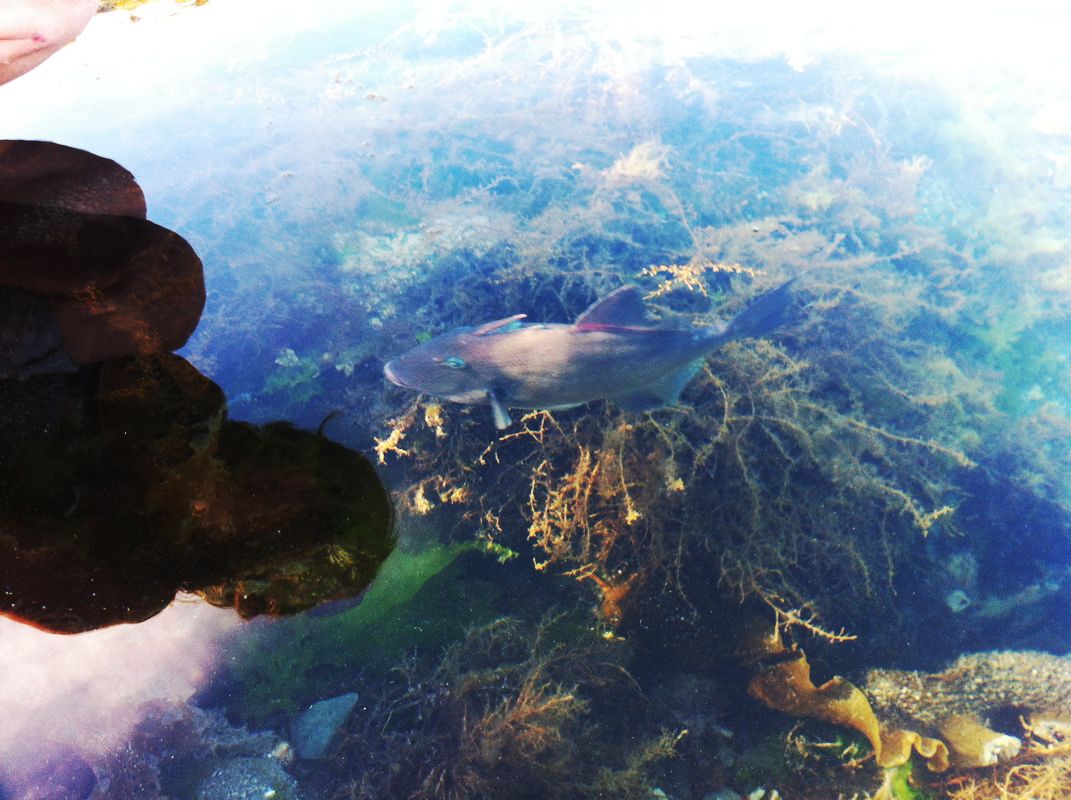
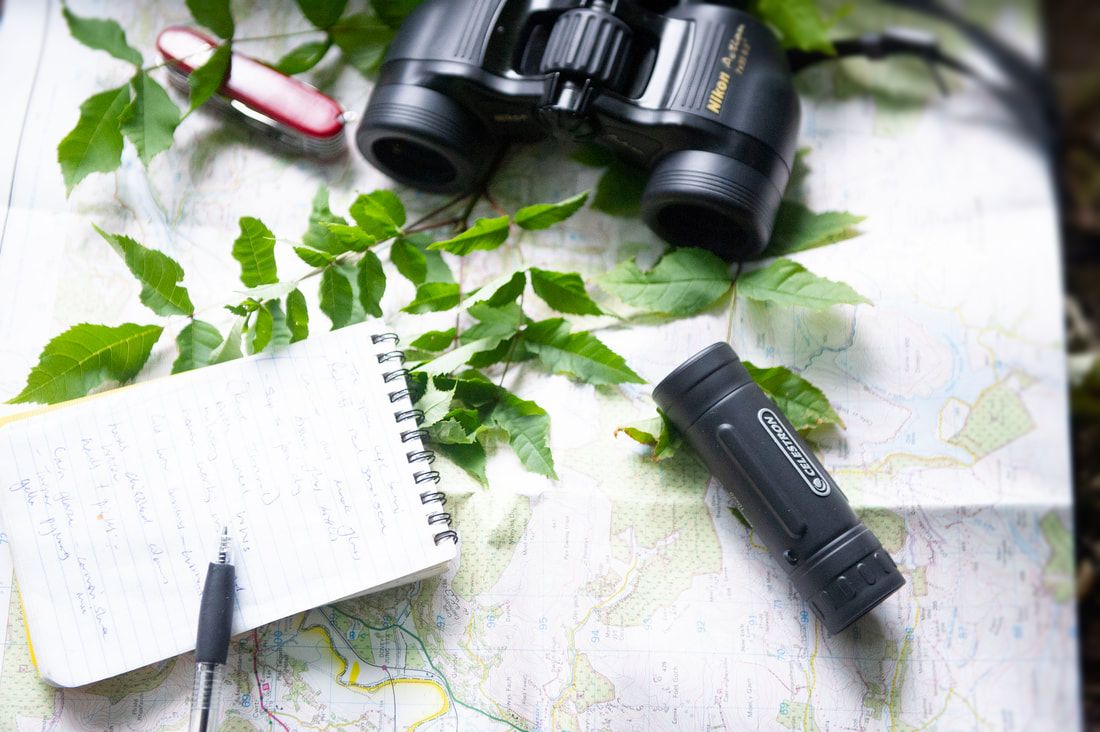
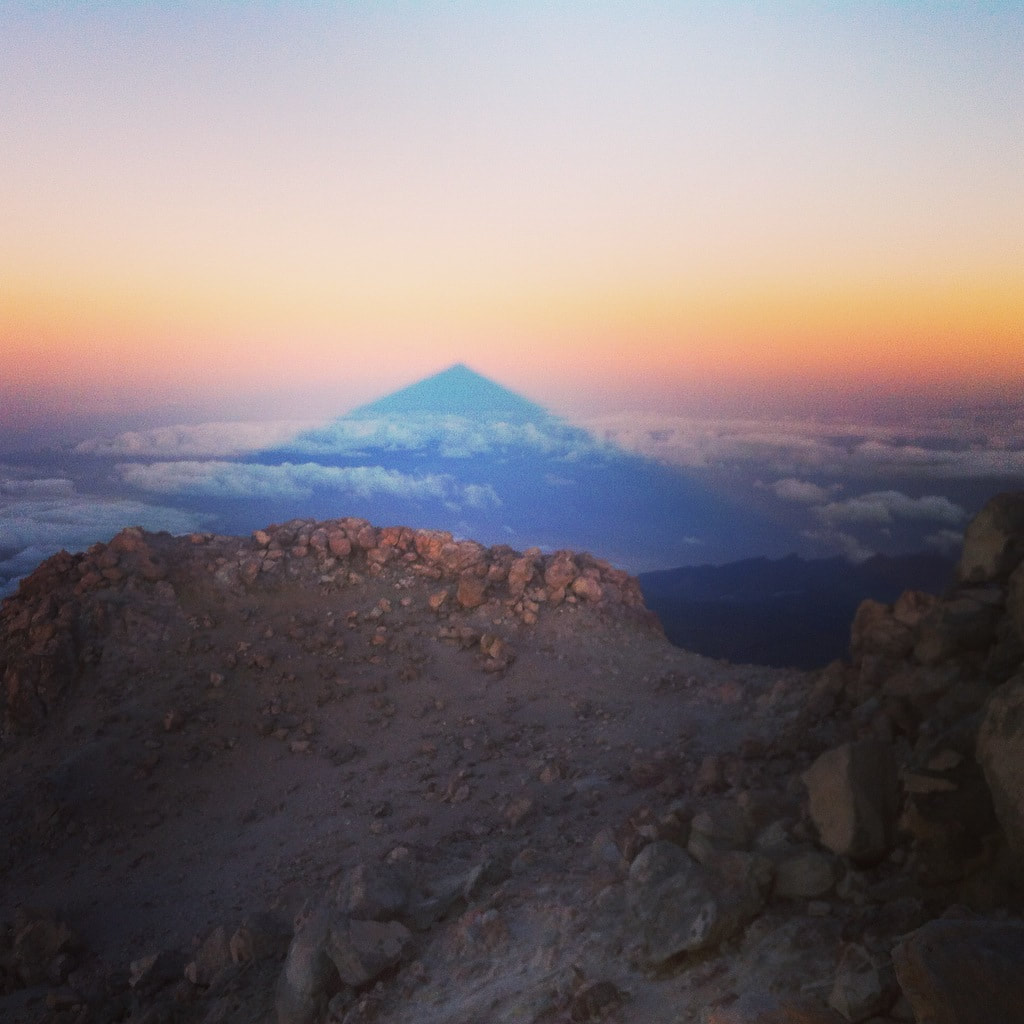
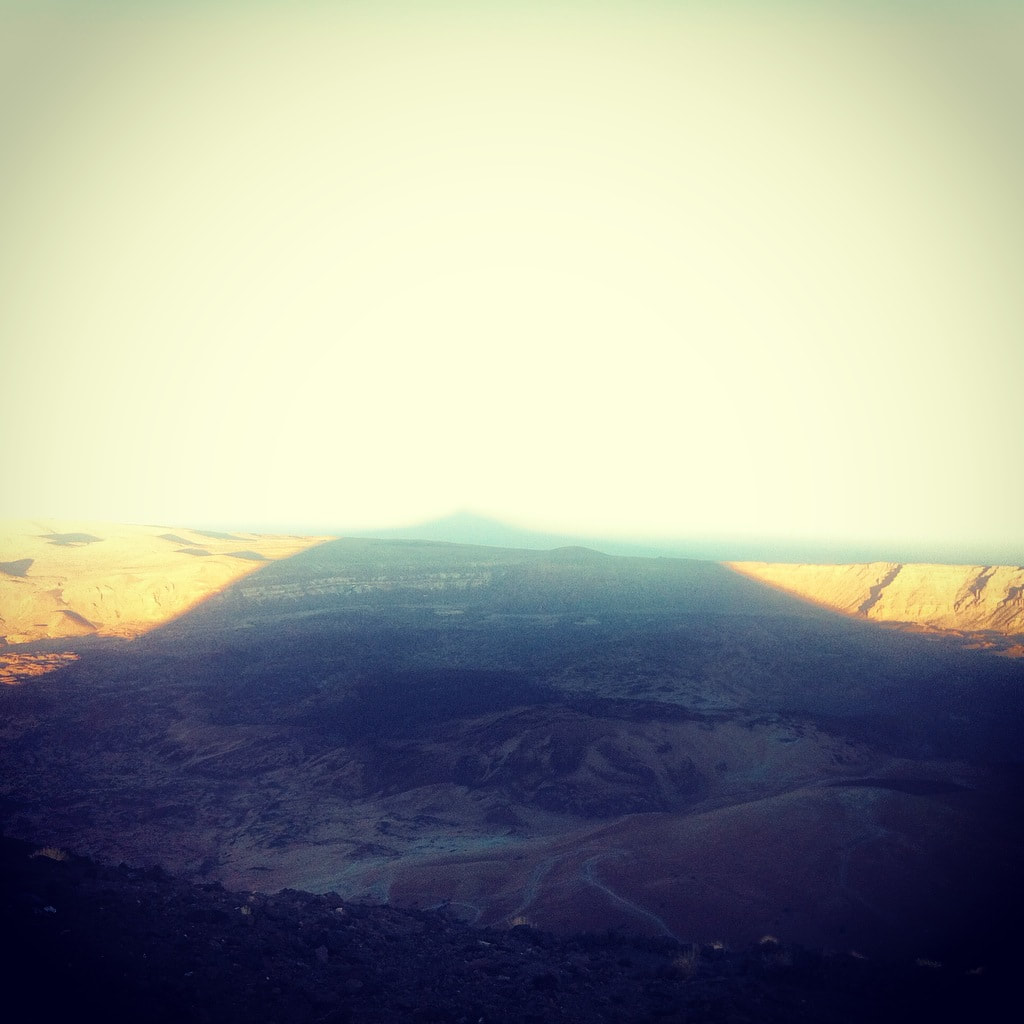

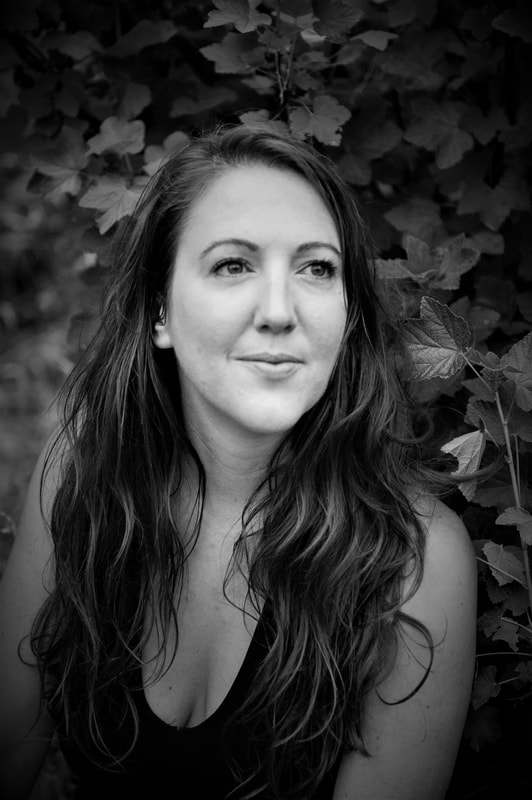
 RSS Feed
RSS Feed